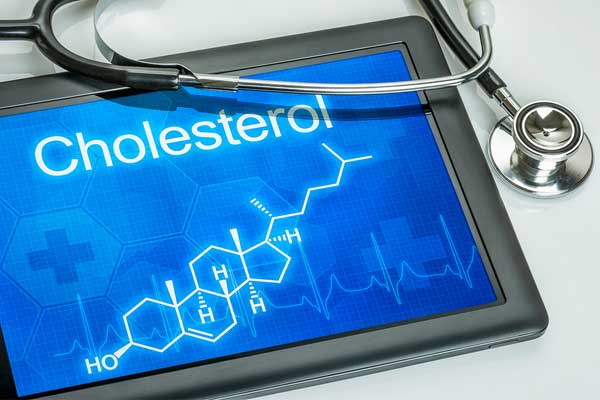Cholesterol Results Revisited

Contrary to what we have been led to believe, cholesterol and LDL are not the best ways to measure our risk of heart disease. Instead a simple ratio predicts risk much better, and it is on the same report.
Your doctor will still focus on your level of cholesterol. It’s been shown that the higher your cholesterol, the more likely you will have heart disease. It also helps your doctor decide on the best treatment. But why do we even need cholesterol? Cholesterol comes from two places: your food and your liver. Most of the cholesterol in your blood comes from your liver, and less than a third comes from your food. Your liver makes it because we need it to live. Cholesterol is used by the body to make vitamin D, bile acids to digest your foods, and hormones such as estrogen and testosterone.
Once cholesterol is made, it is fatty and waxy. It gets carried in the blood in small balls called particles. Your LDL result is an estimation of the amount of cholesterol carried by the LDL particles. Some people refer to this as your “bad” cholesterol. It is not measured directly but instead is the result of a calculation. This number can be untrue if your Triglycerides are high (over 400 mg/dL). LDL carries cholesterol to the cells. Its partner, HDL (“good” cholesterol”) carries the cholesterol back to the liver to be recycled or disposed.
The ratio that best measures your risk is the Total Cholesterol divided by the HDL (TC/HDL). As an example, if your cholesterol is 240 mg/dL and your HDL is 60 mg/dL then 240 divided by 60 = 4, or a ratio of 4:1. Another example is if your cholesterol is 200 and your HDL is 40, then 200/40 = 5. The higher the ratio, then the higher the risk of heart disease. One study showed that the average ratio of those women who had a heart event was 4.7. The average ratio of the women who did not have a heart event was 3.9. Another study showed a ratio of 9.6 doubled the risk of heart disease. Most experts believe < 3.5 to be best and over 5.0 shows higher risk of heart disease.
The TC/HDL ratio is also a good marker for “Insulin Resistance”. Insulin Resistance means the body cannot use insulin well to clear the blood sugar. It is very common in people with Diabetes. Insulin Resistance can also change how your body delivers the cholesterol to the cells. It makes the particles smaller and makes more of them. Smaller particles can get inside your arteries more easily and worsen heart disease.
Everyone is different. Talk with your doctor about the best ratio for you.

